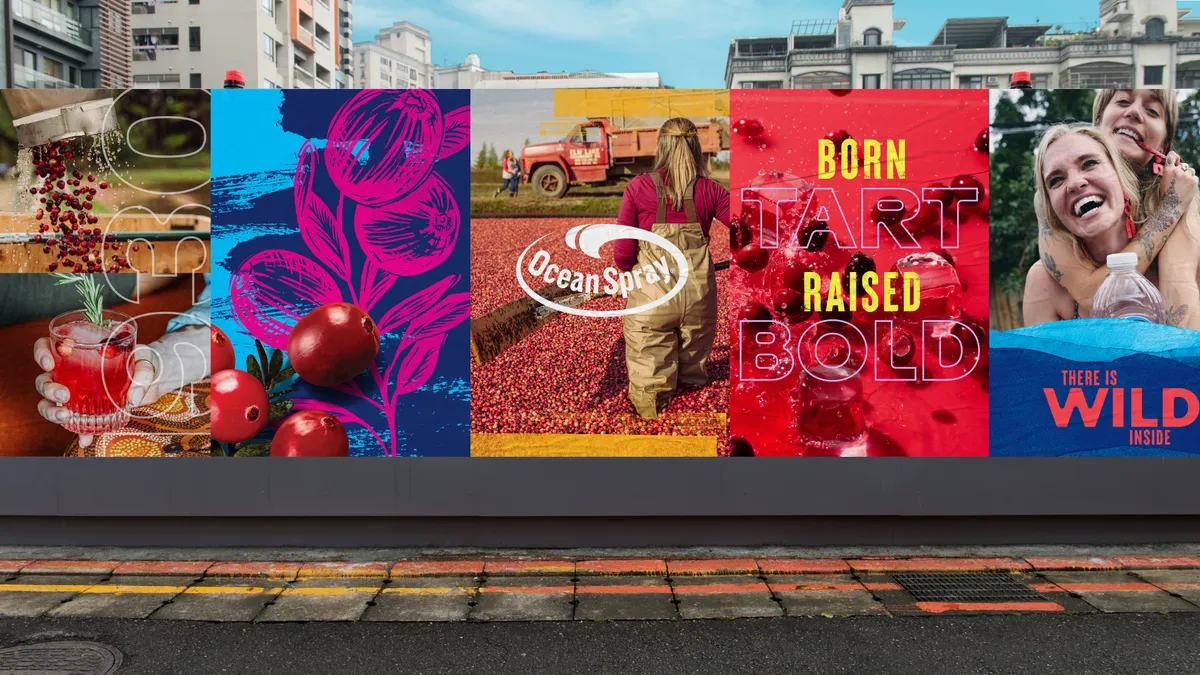Correction: A previous version of this post stated that Bernie Sanders' digital agency Revolution Messaging credited Sanders' victory in the Michigan Democratic primary to a mobile video advertising campaign that ran on AOL. That is incorrect. PR agency Launch Squad, which represents AOL but not Revolution Messaging, told Marketing Dive that AOL — and not Revolution Messaging — credits the victory to the ad campaign. Launch Squad does not represent Revolution Messaging and therefore cannot comment on their behalf.
Dive Brief:
- AOL credits Bernie Sanders' surprising victory in the Michigan Democratic primary this week to a mobile video advertising campaign targeting 24-45 year olds, according to PR agency Launch Squad.
- Ariel Deitz, mobile advertising director at AOL, told Marketing Dive that the goal of the mobile video campaign in Michigan was to cut through the noisy election cycle. The campaign chose video because consumption of the medium is so much higher than it was during the 2012 election cycle.
- The Sanders campaign is finding a great deal of success using digital marketing, including generating more buzz on Facebook than his primary opponent, Hillary Clinton, as well as the GOP front-runner, Donald Trump.
Dive Insight:
Before the Michigan primary, polling averages had Clinton ahead by 21 points. Data analysis website FiveThirtyEight, usually a spot-on predictor of political races, had Clinton winning at more than 99% certainty. But Sanders ultimately won by 1.5 percentage points — a narrow yet unexpected win.
AOL credited Sanders' mobile video strategy for the win.
“These [mobile video] trends, combined with the precise and granular ability to target voters at the individual level make mobile the perfect platform for any campaign," Deitz said. "Younger voters in particular are less likely to be swayed by television ads, so it was crucial that we bring our key messages directly to the voters we hoped to influence.”
She added that the campaign combined targeted messaging along with choosing the specific channel — mobile video in this case — that would provide the most impact.
“Both of these elements were equally important to the campaign,” Deitz said. “Like any advertising push, the key to success is putting the right creative in front of the right audience at the right time. For Michigan, we were able to hone in on specific messages the client felt would resonate most with voters in Michigan, and it was reflected in the creative.”
She also offered advice for marketers using mobile video: “Creating an excellent user experience is very important. For example, if your voter is tuning in to a one-minute video clip, you want to be cognizant not to put a 30-second pre-roll spot ahead of it. Longer form video warrants longer video spots, and the inverse is also true.”












